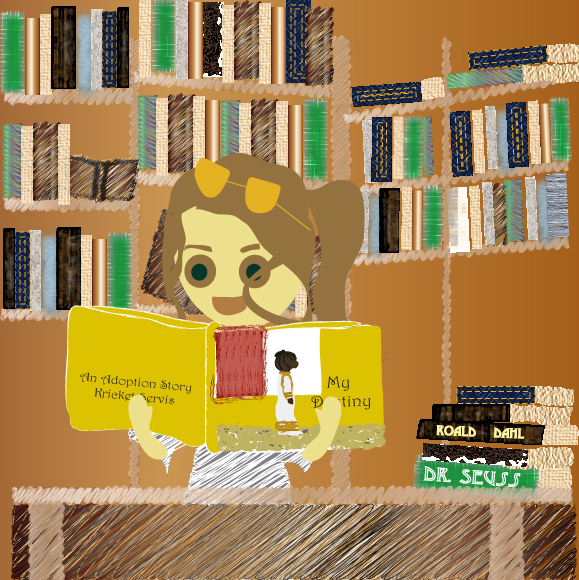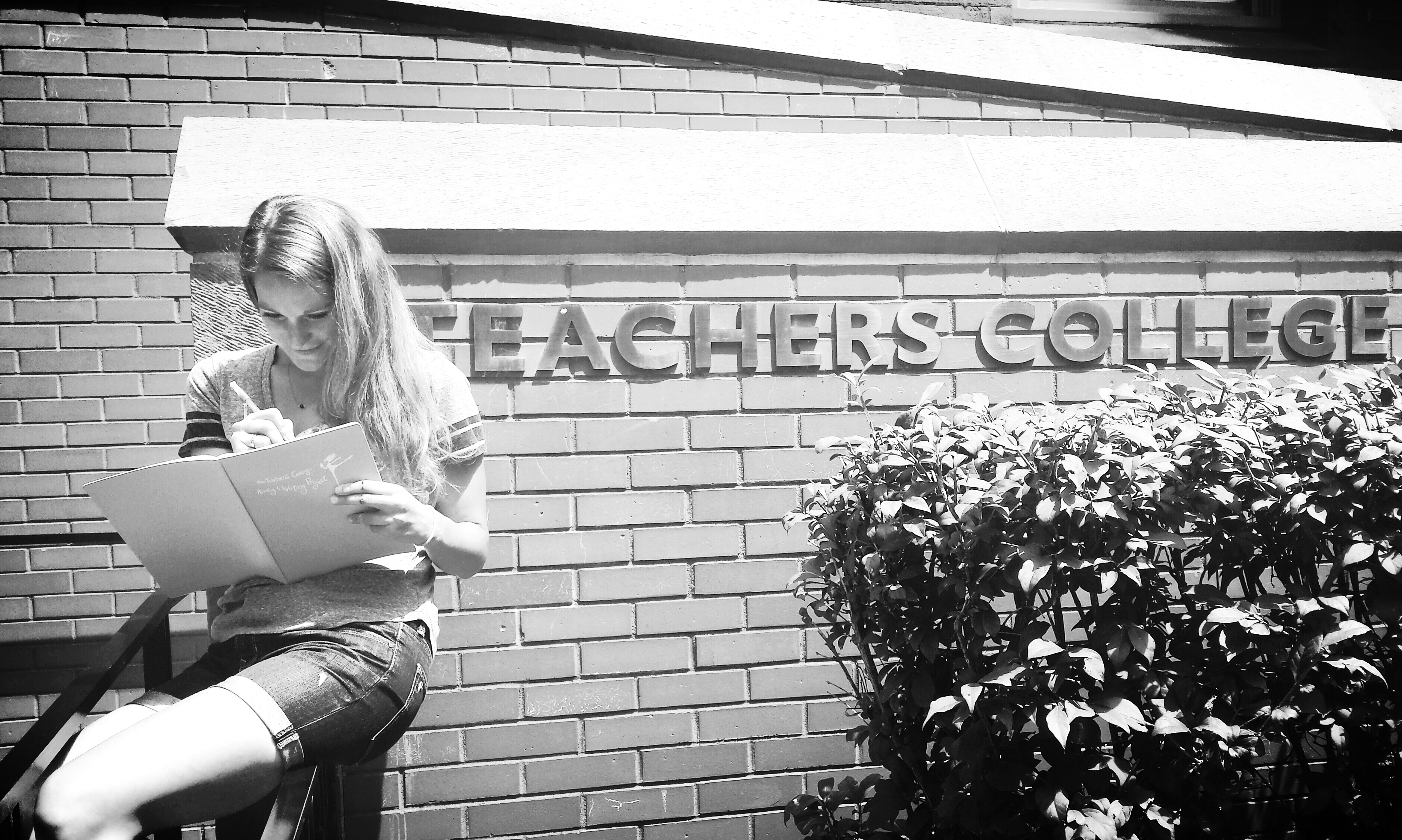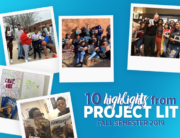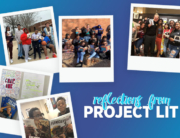By Kricket Servis
I researched, I planned, I strategized, I prepped, I assembled, I studied, I practiced, I rallied, repeat. I did my homework. While researching, my excitement grew. The preparation needed to climb a new mountain with unfamiliar terrain was formidable, yet enthralling. I was ready.
I assured my weary friend that I did my homework; I covered all the bases! As we packed, we watched tutorials on glissading tactics and self-arresting tips in case of disorientation. We role-played and practiced. We most certainly did our homework! A 2:30 a.m. wake-up call and we were off.
We started climbing. Midway, my friend listened to her intuition and did not have the desire to summit. I was eager to reach the summit and continued up the mountain unaccompanied. “I did my homework,” I told myself; I was confident to climb alone.
We agreed to meet at our midway point after summiting. Step after step, rock after rock, I finally reached the summit. It was more captivating than I had ever imagined and worthy of the exhaustion I felt after climbing 7,000 feet. I wanted to meet my friend in a timely manner, and so I took a few  pictures and turned around. I was hoping I could buddy up with a hiker on my descent, but anxious to catch my friend, my pace was naturally quicker than those behind me. And so I continued my descent unaccompanied … step after step, rock after rock. Finally, I reached the snowfield! I was getting close to the false summit and was excited to practice my new glissading skills.
pictures and turned around. I was hoping I could buddy up with a hiker on my descent, but anxious to catch my friend, my pace was naturally quicker than those behind me. And so I continued my descent unaccompanied … step after step, rock after rock. Finally, I reached the snowfield! I was getting close to the false summit and was excited to practice my new glissading skills.
Not afraid of taking a new risk (since I did my homework!), I began to glissade down the mountain. I began to lose control as my speed increased. I was confused. Why did the mountain seem steeper than before? As I sensed the urgency to stop, I immediately reverted to my tutorials. I put into action what I had learned. I stopped for a moment to look at my surroundings. I questioned myself. Did I really do ALL my homework? Where was the glissading slide I researched? I assured myself that trying something new can be a scary feat, but I believed in my ability to rise to the challenge.
Once again, I began to glissade, hoping to find the glissading slide of the previous climbers. The same sense of urgency to stop came over me as my speed became uncomfortably fast. I realized my ice axe was not strong enough to resist the force of gravity on this steep of a slope. I tried with all my strength to stop, but instead, the resisting movement flipped me forward down the chute. Headfirst I flew downward. As my body slammed against the mountain, I noticed the rocks to my left were sliding at the same speed. To my right was more snow. I tried to lean, I tried to stop, I tried self-arresting tactics. The strength needed to self-arrest at that speed was beyond my capabilities. Although I felt completely and utterly defeated, I continued to pound the pick of my ice axe into the slope. Holding on to dear life, somehow, some way … I came to an immediate arrest. I did it!
With a numb and bloody hand I wiped tears of relief. The irony in my relief was that my challenge was just beginning, but I was blessed with a second chance. Although I had accomplished my initial attempt at a new skill, my environment in which to practice my skill was unforeseeably difficult. Later, I learned that I descended the wrong chutes of the mountain, a slope meant for skiing, not climbing!
Now, think of the learning that takes place within your classroom every year. Don’t forget the diversity within: background knowledge, skill levels, objectives, desires, accommodations, learning styles, love languages, demographics, dynamics, differentiation, routine, rules, behavior. Did I forget any? Whether a learner is on a mountain or in a classroom, they still face the challenge of learning something new and unfamiliar with unforeseeable challenges. The difference is the teacher.
Thanks to Booksource, I was granted the opportunity to attend the Writing Institute at Columbia University’s Teachers College in New York City. During this weeklong conference, I learned powerful and impactful ways to set up a writer’s workshop so that learners feel safe to go on their own adventures and take risks as they prepare to execute a new skill. A new writing assignment should never be viewed as mountainous! It should excite.

Mary Ehrenworth taught me that great practitioners embody what they teach. To teach writing, you have to be a writer yourself. And you have to read a variety of literature to learn how to write. Sarah Weeks taught me to remember the joy behind stories and the imagination needed for literary euphoria. Lucy Calkins taught me that showing vulnerability provides infinite opportunities for connection and meaningful movement in stories. She also inspired us to pay close attention to the “pearls” of our writing because your details capture readers. And last, Lester Laminack taught me to trust wholeheartedly in the power of something bigger than myself. As a teacher, I have learned to persevere through unforeseeable challenges, because I believe in something bigger for every student.
Teachers, as you prepare for the new school year, I have one question for you. Have you done your homework?








Leave A Comment